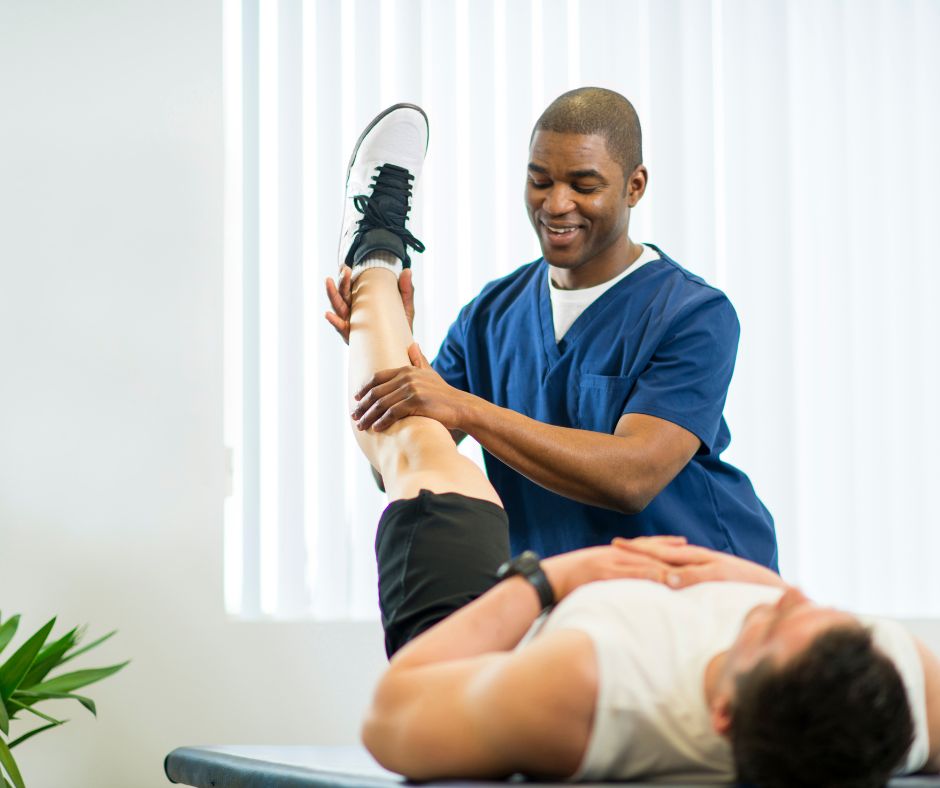The Crucial Effect of Strength Exercise on Enhancing Rehabilitation and Performance in Athletic Rehabilitation
The Crucial Effect of Strength Exercise on Enhancing Rehabilitation and Performance in Athletic Rehabilitation
Blog Article
Strength conditioning plays a vital part in sports recovery, assisting athletes heal from injuries and improve their overall capabilities. When an athlete gets hurt, their body needs time to recover. However, during this recovery phase, it is essential to preserve power and mobility to prevent additional injuries. Resistance training can be customized to fit the requirements of each individual, focusing on particular muscle areas that may have been affected by the injury. This focused method not only assists in recovery but also readies the individual to return to their activity stronger than before.
One of the primary advantages of resistance training in recovery is its capability to improve muscle strength and stamina. When muscles are more powerful, they can more effectively stabilize joints and reduce the risk of recurrence of injury. For instance, an athlete recovering from a knee injury can gain from exercises that strengthen the quadriceps and back thigh muscles. These muscular tissues play a crucial role in stabilizing the knee joint. By including resistance conditioning into their rehabilitation program, individuals can recover their power more efficiently and securely.
In addition to building strength, resistance training also improves flexibility and scope of movement. Many traumas can result to stiffness in the affected region, making it difficult for athletes to move freely. Strength training workouts often involve extending and lengthening the muscular tissues, which can webpage assist reestablish mobility. For example, incorporating weight bands or weights into stretching programs can improve the efficacy of these exercises. As mobility improves, athletes can perform movements more effectively, which is crucial for optimal performance in their activity.
Another important factor of resistance conditioning in sports rehabilitation is its beneficial effect on psychological well-being. Healing from an trauma can be a challenging and exasperating process for athletes. Engaging in resistance conditioning can provide a sense of achievement and boost self-esteem. As individuals see improvements in their strength and abilities, they may experience more driven to continue their rehabilitation process. This psychological uplift can be just as crucial as the physical advantages, as a optimistic attitude can result to improved results in recovery.
Finally, resistance training can assist athletes move back to their activity more seamlessly. Once they have regained their strength and mobility, individuals must to practice sport-specific movements to ensure they are ready for contests. Resistance training can be integrated with activity-specific exercises to create a holistic rehabilitation plan. This blend allows athletes to not only heal but also enhance their capabilities. By concentrating on both recovery and performance, strength conditioning becomes an essential tool in the recovery process, helping individuals return to their sport more robust and more resilient.